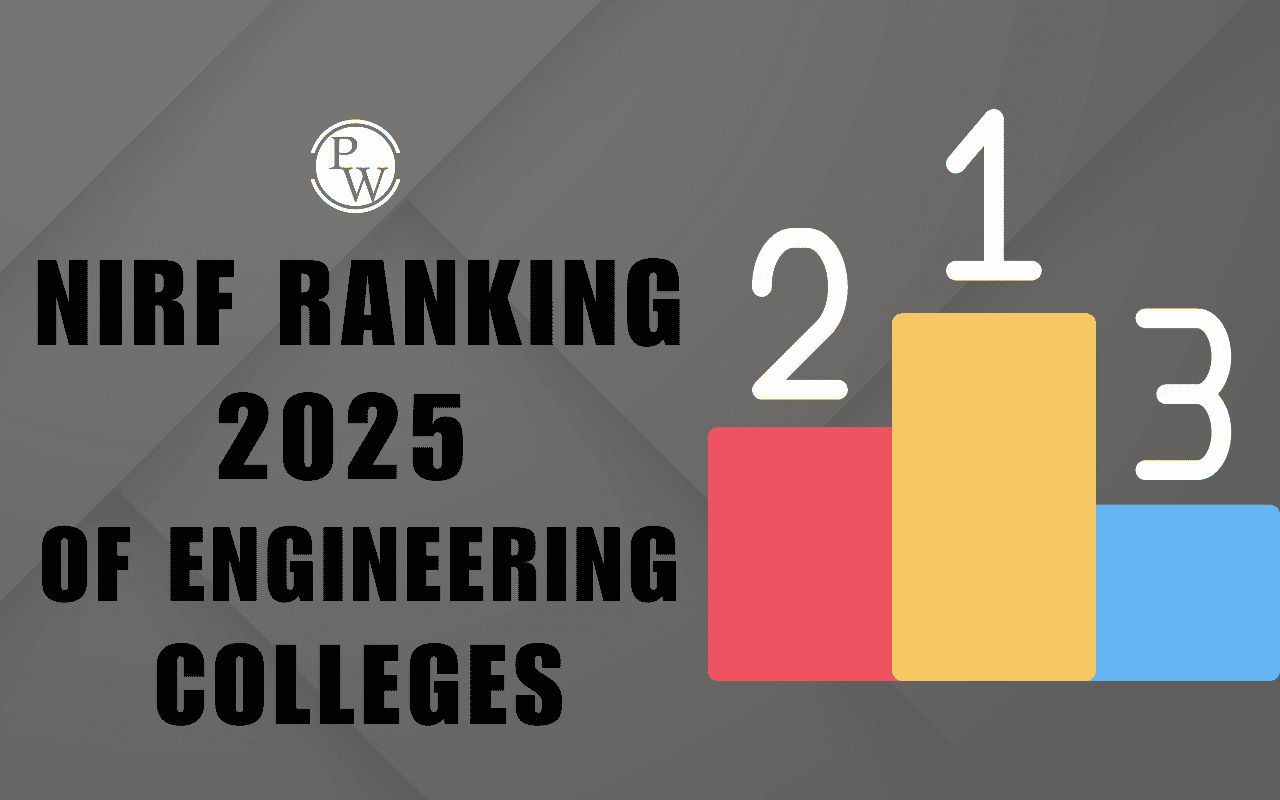

Which is Better- Lower Branch at an IIT or CSE at NIT or IIIT through JEE?: Selecting the appropriate college and stream after JEE is an important choice for every candidate. Many students face a common dilemma: whether to opt for a lower branch at an IIT or pursue Computer Science Engineering (CSE) at an NIT or IIIT.
Both options have their unique advantages depending on career goals and personal preferences. IITs are well-known for their prestigious status, cutting-edge research infrastructure, and vast alumni network. Conversely, CSE at NITs and IIITs is known for excellent placement opportunities, especially in the IT sector.
JoSAA Counselling 2025 started on June 3, and the official NIT and IIT cutoffs will be published after the completion of Round 1 counselling. Understanding these cutoffs along with career prospects can help aspirants make an informed decision between a lower branch at an IIT or CSE at an NIT or IIIT.
IIT vs. NIT or IIIT After JEE
Deciding between a lower branch at an IIT and Computer Science Engineering (CSE) at an NIT or IIIT can be challenging for JEE aspirants. Each option comes with its own set of benefits, depending on the career goals and interests of applicants. A detailed comparison of factors like placements, career prospects, academic environment, and long-term growth can help in making an informed decision. Therefore, for the reference of the applicant's understanding, check out the detailed analysis IIT vs. NIT or IIIT after JEE to understand which choice is going to be more suitable.
1. IIT vs. NIT or IIIT : Which Holds More Power?
IITs are globally recognized for excellence in engineering and research. A degree from an IIT holds strong value not only in India but abroad as well. On the other hand, NITs and IIITs have a good reputation across the nation, especially for technical fields. Some IIITs, like IIIT Hyderabad, have gained recognition in the tech industry.
2. Course and Specialization
Lower branches at IITs include fields like Civil, Mechanical, and Metallurgical Engineering, which may not align with the interests of students wanting to enter the tech industry. While CSE at NITs or IIITs provides direct access to core software engineering subjects like programming, AI, and data science from the first year itself. Therefore, if the goal is to enter the software industry, CSE at NITs or IIITs is a better choice. If flexibility in career options is preferred, an IIT degree might be beneficial.
3. Placements and Career Prospects: Which Path Leads to Better Opportunities?
Placements at IITs depend on the branch. While core engineering fields offer good placements, they may not match the demand for CSE graduates in the tech industry. On the other hand, CSE at NITs and IIITs has excellent placement rates, with companies like Google, Microsoft, and Amazon actively hiring graduates. Hence, if the aim is to get a high-paying job in the IT sector, CSE at NITs or IIITs is a strong option. However, an IIT degree still provides diverse career opportunities.
4. Academic Environment and Research
IITs have world-class faculty, advanced research facilities, and a rigorous academic structure. Whereas NITs and IIITs focus more on applied learning and industry-oriented training, especially in CSE. Therefore, if research and higher studies are the goal, IITs offer better opportunities. For a job-focused approach, NITs and IIITs are well-suited.
5. Flexibility (Branch Change and Opportunities)
IITs offer the possibility of branch change after the first year based on performance, allowing students to switch to a preferred field. On the other hand, NITs and IIITs do not allow branch changes but provide focused learning in CSE from day one.
6. Campus Life at IITs vs. NITs or IIITs
IITs have diverse student communities, cultural festivals, and extracurricular opportunities that provide holistic development. Whereas NITs and IIITs also offer a great student experience but with a more tech-focused environment, especially in IIITs. Both options provide a good student life, but IITs have an edge in terms of overall exposure and networking.
Which is Better- Lower Branch at an IIT or CSE at NIT or IIIT through JEE?
After securing a good rank in JEE, students often face a tough decision: whether to choose a lower branch at an IIT or Computer Science Engineering (CSE) at an NIT or IIIT. Both options have their advantages, and the final choice depends on individual interests, career goals, and long-term plans. Let’s compare these options to understand which one might be better.
Why Choose a Lower Branch at an IIT?
IITs are the most prestigious engineering institutes in India and are well-recognized worldwide. The name “IIT” itself holds great value and opens doors to opportunities in global universities, top companies, and research institutions. Graduating from an IIT can provide lifelong benefits, regardless of the branch.
-
Opportunities Across Disciplines: Even if a student chooses a lower branch, IITs offer interdisciplinary learning opportunities. Many students explore areas beyond their core branch, including management, finance, and entrepreneurship.
-
Branch Change Flexibility: IITs allow students to change branches after the first year based on academic performance (CGPA). If a student works hard, they may have the chance to shift to a preferred branch like CSE.
-
Diverse Career Paths: A degree from an IIT, even in a lower branch, can lead to opportunities in various fields, including consulting, research, management, and finance. Some students also switch to software and data science roles through additional learning and projects.
-
Strong Alumni Network: IITs have a vast alumni network, with successful graduates working in leadership positions across industries. This network helps in career growth, mentorship, and job opportunities.
While lower branches may not have the highest-paying jobs in tech, IITs provide good placement opportunities in multiple sectors. Many IIT graduates also start their own companies or pursue higher studies abroad.
Why Choose CSE at an NIT or IIIT?
For students passionate about coding, AI, data science, and cybersecurity, choosing CSE at an NIT or IIIT makes sure of a direct entry into the growing tech industry. The curriculum is designed to build strong programming and problem-solving skills.
-
High Demand in the Tech Industry : The IT sector is expanding rapidly, and companies actively recruit CSE graduates. Top firms like Google, Microsoft, Amazon, and various startups hire students from NITs and IIITs with attractive salary packages.
-
Strong Industry Connections : Many NITs and IIITs collaborate with top tech companies, offering internships, hackathons, and industry-driven projects. This exposure helps students gain practical experience and secure good job offers.
-
Specialization in Emerging Technologies : IIITs, in particular, focus on cutting-edge research in areas like Artificial Intelligence, Machine Learning, and Data Science. Institutes like IIIT Hyderabad and IIIT Delhi are known for their research-driven approach in CS-related fields.
-
Location Advantage : Many IIITs are located near major tech hubs, providing students easy access to internships, job opportunities, and a thriving tech community. Being close to IT hubs allows students to engage in networking and industry collaborations.
The right choice between a lower branch at an IIT or CSE at NIT or IIIT through JEE depends on aspirants' personal interests and career goals. Those who value brand recognition, research opportunities, and interdisciplinary learning may prefer a lower branch at an IIT. On the other hand, applicants who are passionate about technology and want a strong placement in the IT industry might find CSE at an NIT or IIIT more suitable. Both choices have their own benefits, and understanding one’s future goals can help in making the best decision.
A structured preparation plan plays a key role in securing a good rank in JEE and making informed choices. The PW Power Batch for JEE provides aspirants with the exam-focused guidance, study material, and practice to strengthen their concepts and improve their performance in the exam.
Which is Better- Lower Branch at an IIT or CSE at NIT or IIIT through JEE FAQs
Is it better to choose a lower branch at an IIT or CSE at an NIT or IIIT?
Can I switch to CSE after joining a lower branch at an IIT?
Do NITs and IIITs have better placements for CSE than IITs' lower branches?
Which option is better between IIT and NIT or IIIT for higher studies abroad?
Why are IITs considered prestigious institutions?













